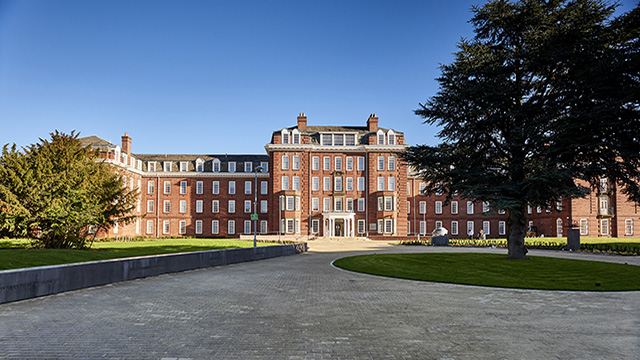Allegation of negligent undervaluation of mortgage security — Conflict of expert evidence of net lettable area — Judge finding that defendant’s valuation within permissible non-negligent range — Materiality of method used to arrive at valuation — Claim dismissed
The claimant bank held charges over two properties. One of these (the centre) was a former factory, standing on a 3.6 acre site near Gosport, that had been converted into units for letting to small- and medium-sized industrial undertakings. In July 1998, the bank engaged the defendant (the firm) to value the centre with a view to sale. In September 1998, at a time when the centre accommodated some 60 tenants on three floors, the firm reported that, operating as a business centre, the property was worth £525,000. In reliance upon the report, the bank sold and transferred the benefit of its charge to S Ltd at the price stated. The bank subsequently brought proceedings against the firm alleging that it had negligently failed to arrive at the true value, which was £1.1m. The main allegation was that the firm had ignored, or left out of account, certain lettable areas capable of producing an annual income in the region of £56,600. At the close of the trial, the judge, having taken a critical view of the bank’s expert evidence, was satisfied that the most reliable figures were the original valuation and a value of £540,000 suggested by an expert witness called by the firm.
Held: The claim was dismissed.
In order to establish professional negligence against the firm, the claimant first had to demonstrate that the valuation fell outside the appropriate range of permissible non-negligent valuations. Only if the claimant succeeded at that stage could the scope of the enquiry be broadened to consider whether the firm had in fact been negligent. At that stage, the evidential burden fell upon the defendant to show that it had exercised appropriate skill and care: see, generally, per Buxton LJ in Merivale Moore plc v Strutt & Parker [1999] 1 EGLR 171 at pp176-177.
Since the claimant had failed at the first stage, it was not strictly necessary to consider whether the firm had gone about its task in a negligent manner. However, on the evidence before the court, the claimant’s allegations had no substance. Once it had been decided that a particular building contained too much space, the focus inevitably shifted from the theoretical net lettable area to an identification of how much of it was likely to be let. Identification of the precise extent of the excess of available space over that which was actually likely to be let was a purely academic exercise and was of no relevance to valuation.
Stephen Lennard (instructed by Eversheds) appeared for the claimant; Timothy Harry (instructed by Williams Holden Cooklin Gibbons) appeared for the defendant.
Alan Cooklin, barrister









